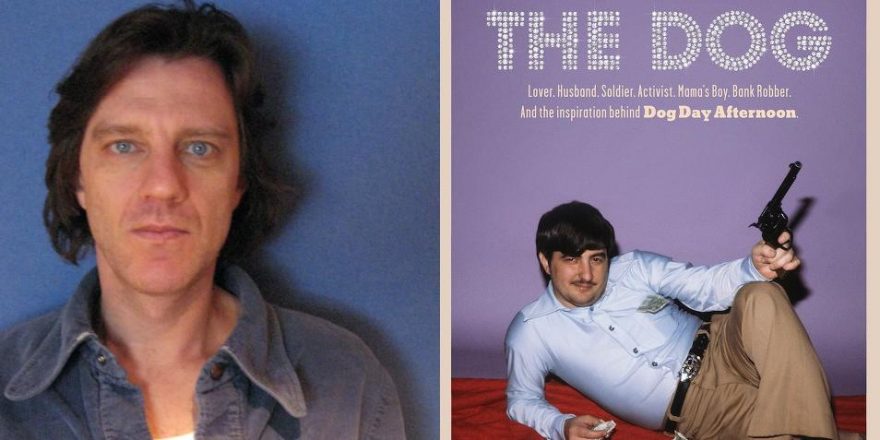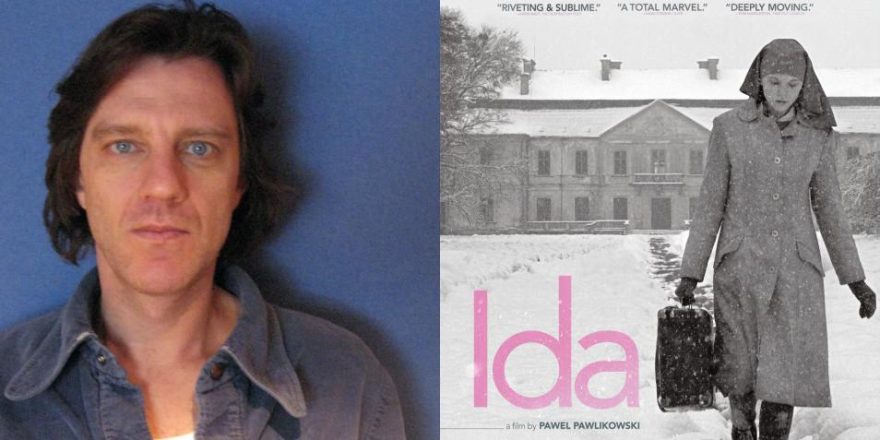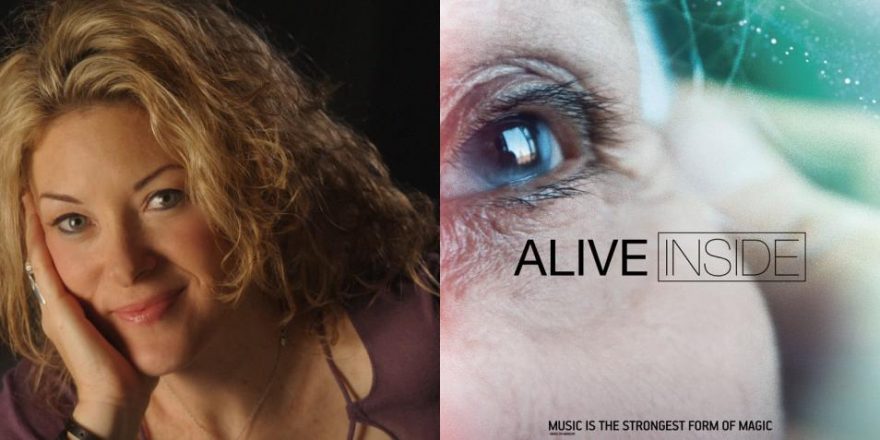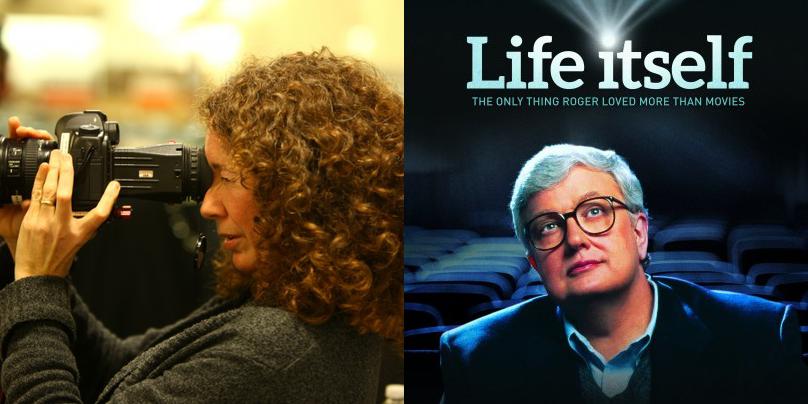Here’s the best formula I know for evaluating whether a true story is best told as a documentary or a dramatized feature:
Does the true story seem completely preposterous and utterly unbelievable as it stands?
If so, then a documentary is almost certainly the best way to tackle that story.
In real life, people don’t have character arcs and they behave in ways that are illogical, self-defeating and often without discernible motivation. A documentary can allow the illogical actions and decisions of real life to stand for themselves, whereas a feature needs the crude anchor of probability. Oddly, we need to know “why” in drama more than in life. Or maybe that is the very point of drama itself — to tell us the “why” that life denies us.
So how how to tell the following story? John Wojtowicz, a bisexual Vietnam vet, has two wives — a female wife with whom he has two children, and an unofficial male one called Ernie with whom he has lots of sex. Ernie is unhappy in his body and is threatening to kill himself if he can’t get a sex change, so Wojtowicz recruits a couple of gay hustlers at his neighbourhood bar and goes to rob a bank — the proceeds from which will be used to pay for Ernie’s operation (this is New York, of course, in 1972).
En route to a Brooklyn bank, Wojtowicz’s team drops into a cinema to watch The Godfather for inspiration — but just about everything goes wrong from the moment they walk into the bank, producing a drawn-out hostage crisis, a public carnival and a piece of confrontational gay theatre all rolled into one. This is the kind of true story where an intrepid newspaper reporter can just call up the bank’s listed number and get the robber on the line. Where a drag queen can openly kiss the robber on the steps of the bank. Where the robber tosses money out of the bank to an appreciative crowd of thousands. Where the robber’s mother comes downtown to try and talk some sense into her son. All of it broadcast live on television – that kiss must surely have been the very first between two men on network television. Eventually, a plane is chartered by the FBI to ferry the robbers and hostages to Denmark — apparently the best place to get a sex change in the 1970s. This story ends at the airport in bloodshed and tragedy but even this becomes just an uncomfortable footnote to a grand, rollicking, unbelievable farce.
We’ve had to wait more than 40 years for Allison Berg and Frank Keraudren’s The Dog, a documentary account of this outlandish tale, almost certainly because Hollywood got there first. The movie Dog Day Afternoon was released just three years after the actual events, and the film was good enough and felt real enough to make the idea of a documentary seem superfluous. The Hollywood film has impeccable credentials: directed by Sidney Lumet, edited by Dede Allen (probably the greatest editor in the history of American filmmaking) and with heartbreaking, sensitive portrayals of the principals by Al Pacino and John Cazale (more of whom later…). Looking back at it now, the film actually looks like a documentary — shot in the heat of a New York summer, its points of view frequently mimicking those of intrusive news cameras, its real-life locations an actual snapshot of the city 40 years ago.
But even with the veracity of the Lumet film, how little did we know! So we can thank the makers of The Dog for putting the crazy story of the robbery into the much bigger and stranger context of the life and (discreetly, hauntingly) the death of its protagonist, John Wojtowicz.
The film itself feels home-made and hand-made — it’s certainly not much to look at and it can lurch clumsily from one event and idea to the next. But it is admirably non-judgemental and the details in the film give shape to ideas that accumulate in ways that make the original feature look somber and restrained, wary of the flamboyance and camp of its real-life characters and diffident about the story’s most preposterous details. One of many examples: in the Lumet film, Al Pacino arrives at the bank with a discreet, gift-wrapped box that contains his gun. In the real story, Wojtowicz breezes into the bank with a ridiculous five foot-long Wrigley’s Spearmint box concealing — or, more likely, advertising — his weapon and his intentions.
Along with such unlikely details, The Dog is at its best in showing the bigger ideas and important historical themes that can be teased out of Wojtowicz’s life story, which in essence captures the energy and contradictions of the gay liberation movement of the late ‘60s and early ‘70s in one person.
Frank Pierson, the screenwriter on the Lumet film, tells us on the DVD extras of Dog Day Afternoon that when researching the story, everyone he spoke to about Wojtowicz described a completely different character. He was a mass of contradictions: a hardcore Goldwater Republican turned gay activist, but one who regularly slept with his wife and lived with his mother; a free spirit who insisted on the propriety of “marrying” every person he fell in love with (he accumulated a total of three wives, one female and two male, the latter pair wed in quasi-official ceremonies as best as could be managed in those days); a bank robber whose motive was to pay for a sex change for his lover when he, in fact, strongly preferred him as he was (“a man with big tits and a dick,” as he put it), and on and on.
All this ensured that Wojtowicz would enjoy some brief public notoriety in New York. What follows afterwards is real life — not a movie — and it becomes messy and sad for all concerned.
Wojtowicz gets out of jail after just a few years, surprisingly given the nature of his offences and another indication of more interesting, less punitive times.
He then suffers the fate that all ephemerally famous characters are destined to follow — to trade off the diminishing scraps of public recognition that his one short moment of celebrity can generate. Wojtowicz is seen in archival footage outside the bank he tried and failed to rob, wearing a T-shirt that misleadingly reads “I ROBBED THIS BANK,” and charging passersby for photos. Such characters must tell their tale over and over until they die and this documentary provides Wojtowicz with one last, generous opportunity to do so. It is one that he seizes as if his life depended on it. And in a way, it did.
Perhaps the most unexpected theme that The Dog uncovers in its story is mortality. On camera — in what looks like a production that stretched out for many years — Wojtowicz starts out as healthy, flamboyant raconteur, who relishes the word “fucking” (and probably the activity itself) above all others. But as the film progresses, he ages, withers and we learn that he is slowly dying of cancer. Yet his bravado is undiminished. On a visit to the Coney Island aquarium, as he sits ravaged and dying in his wheel chair, Wojtowicz invites a seal to give him a blow job — in such a way as to invite the viewer to imagine what that coupling might look like. The dying man conjures up an alternative image of himself — one that’s absurd and funny, and that advertises once more the ferocious but cheerful carnality that defined him.
By the end of the film, he is dead. The Dog suddenly becomes almost unbearably affecting, not just for the passing of a man with such a flagrant lust for life, but also for the passing of an era in New York City that allowed such characters to thrive.
Wojtowicz’s slow fade on camera also makes you think of John Cazale, his fictional sidekick in Lumet’s film – a brilliant character actor who appeared in just five films and who himself was dying of cancer as he filmed the last one, The Deer Hunter. Cazale’s screen acting career is perhaps unique in the fact that he only ever appeared in movies that have a real claim to greatness — all of them aided by his performances. What other film actor could make that claim? Just ponder Cazale’s five films: The Godfather, The Godfather Part II, The Conversation, Dog Day Afternoon and The Deer Hunter.
Perhaps the weakest of these movies is Dog Day Afternoon – though that has nothing to do with Cazale’s performance. Lumet’s film looks a bit theatrical and workmanlike in comparison with these other ‘70s classics, which are all pure cinema. Yet oddly, with the insights of the The Dog to hand, Dog Day Afternoon suddenly doesn’t feel quite theatrical enough. In fact, neither the documentary nor the feature feel satisfying or complete without the other, so why not see them both?






